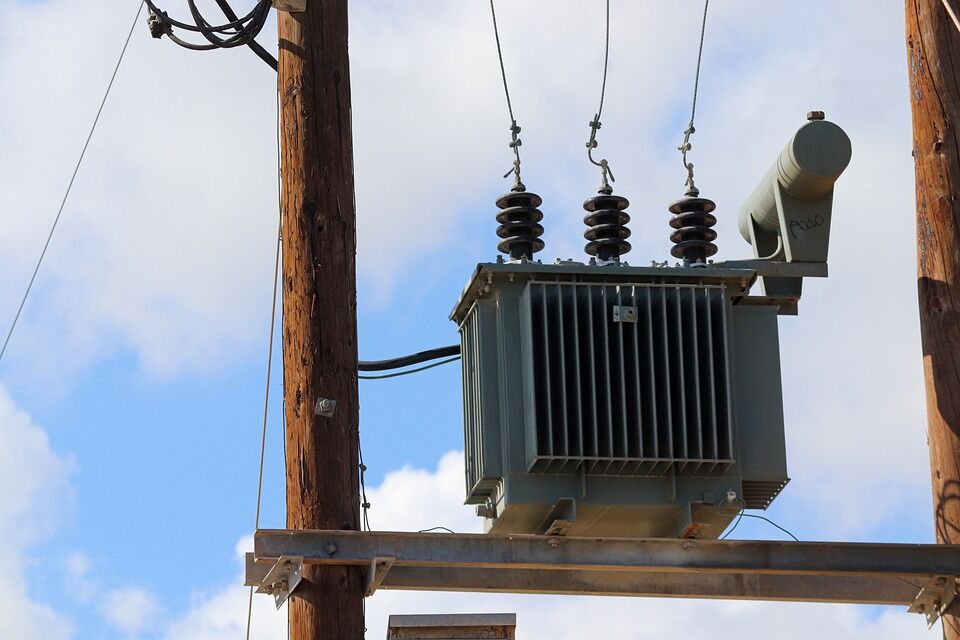An electrical current flow of continuously changing polarity, which rises to a maximum voltage in one direction, decreases to zero and then sinks to the maximum voltage in the other direction before changing polarity once again. This pattern is referred to as a sinusoidal wave and the number of cycles per second is equal to the frequency, which is measured in Hertz.
Arc Voltage
The amount of voltage present between electrodes of different potentials or between an electrode and ground. The magnitude is determined by the distance between electrodes and the dielectric constant of the medium surrounding them.
The amount of voltage present between electrodes of different potentials or between an electrode and ground. The magnitude is determined by the distance between electrodes and the dielectric constant of the medium surrounding them.
Breakdown Voltage
The voltage at which an electrical breakdown occurs. It is also known as breakdown potential, sparking potential or sparking voltage. Breakdown voltage is the minimum voltage required to cause a substantial flow of electric current through an insulating material or gas, which would lead to a sudden increase in current flow, and a breakdown of the material or gas's electrical resistance.
The voltage at which an electrical breakdown occurs. It is also known as breakdown potential, sparking potential or sparking voltage. Breakdown voltage is the minimum voltage required to cause a substantial flow of electric current through an insulating material or gas, which would lead to a sudden increase in current flow, and a breakdown of the material or gas's electrical resistance.
Core Loss
Core loss is also known as iron loss. Core loss is a form of energy loss that occurs in electrical transformers and other inductors. Core losses do not include the losses due to resistance in the conductors of the windings, which is often termed copper loss. It does not vary with load and is hence also called constant losses. It mainly consists of eddy current and hysteresis losses.
Core loss is also known as iron loss. Core loss is a form of energy loss that occurs in electrical transformers and other inductors. Core losses do not include the losses due to resistance in the conductors of the windings, which is often termed copper loss. It does not vary with load and is hence also called constant losses. It mainly consists of eddy current and hysteresis losses.
Core Saturation
The condition that occurs when an inductor or step up and down transformer core has reached maximum magnetic strength. At this point, the magnetic flux density becomes constant even when the current in the coil continues to increase.
The condition that occurs when an inductor or step up and down transformer core has reached maximum magnetic strength. At this point, the magnetic flux density becomes constant even when the current in the coil continues to increase.
Electrostatic
Shielding
Electrostatic shielding refers to the process of protecting a specific area or object from electrostatic fields or electrical interference by using a barrier or shield. This can be done by creating a conductive enclosure around the object or area, which absorbs or deflects the electrical energy, preventing it from reaching the protected area. This is commonly used in electronic devices, where electromagnetic interference (EMI) can disrupt or damage sensitive components, or in sensitive laboratory equipment where electrical noise can interfere with measurements.
Electrostatic shielding refers to the process of protecting a specific area or object from electrostatic fields or electrical interference by using a barrier or shield. This can be done by creating a conductive enclosure around the object or area, which absorbs or deflects the electrical energy, preventing it from reaching the protected area. This is commonly used in electronic devices, where electromagnetic interference (EMI) can disrupt or damage sensitive components, or in sensitive laboratory equipment where electrical noise can interfere with measurements.

